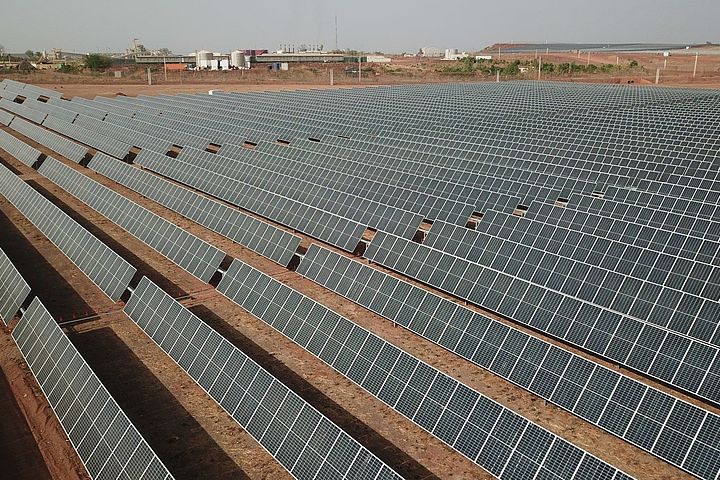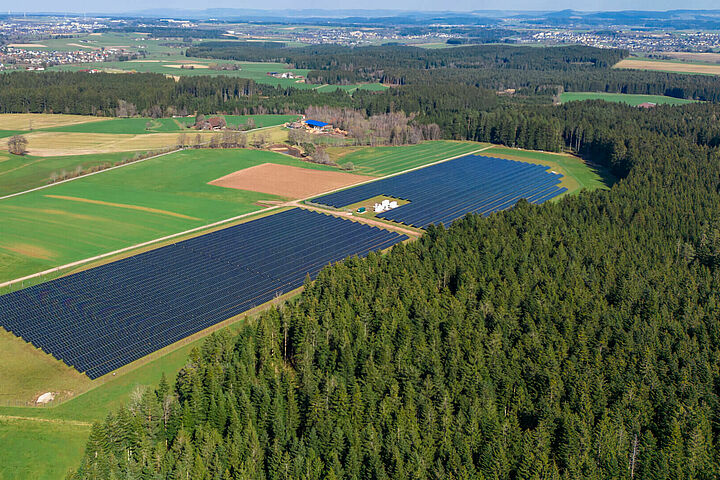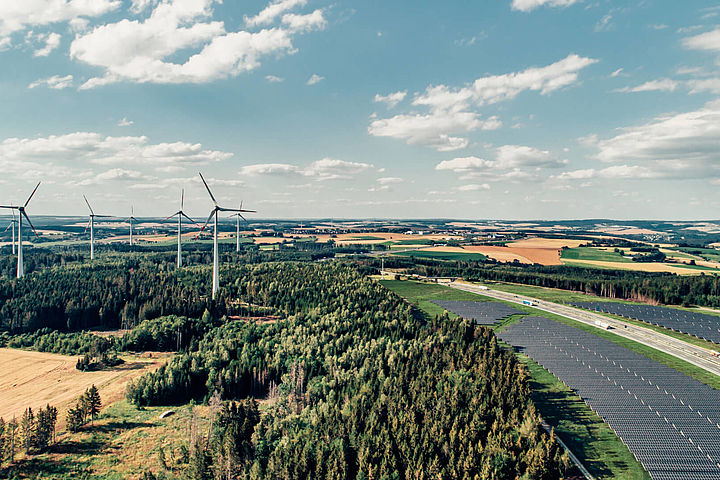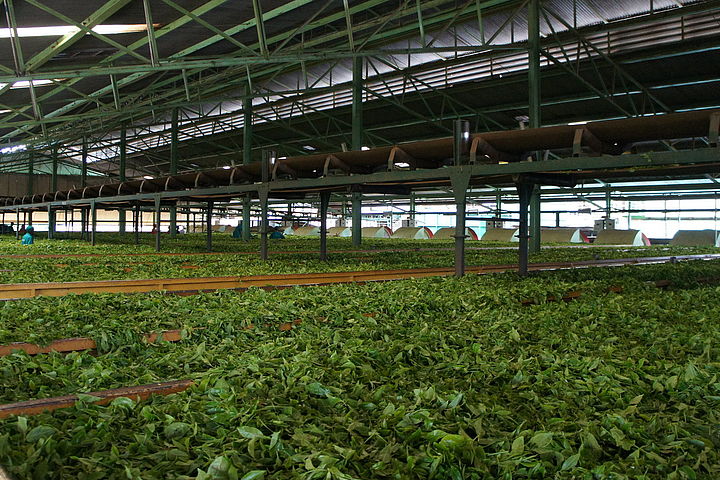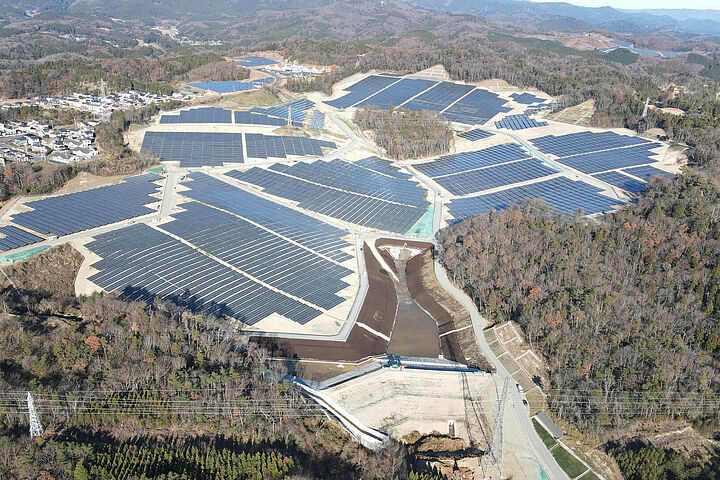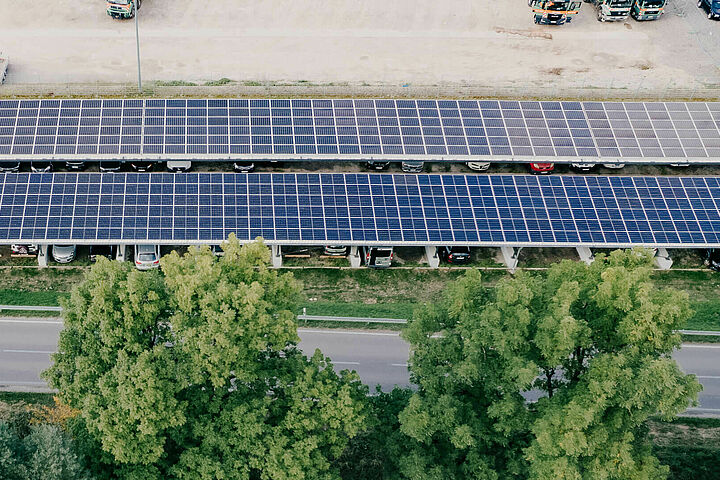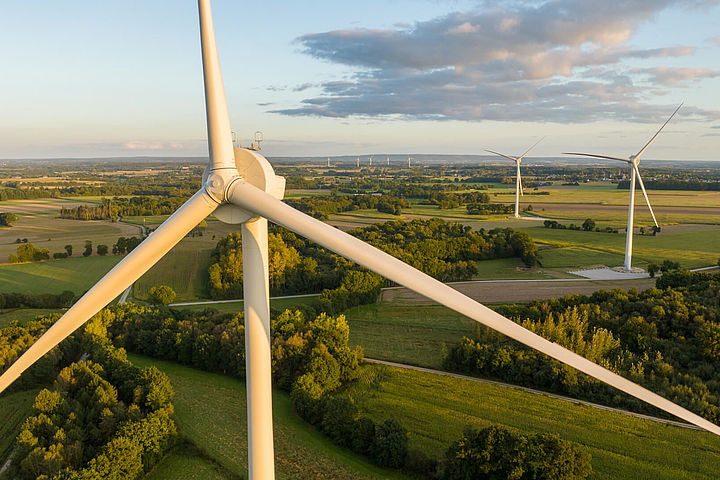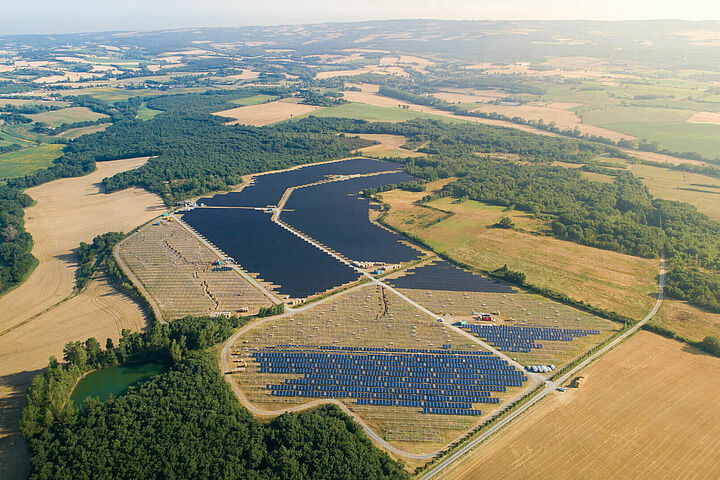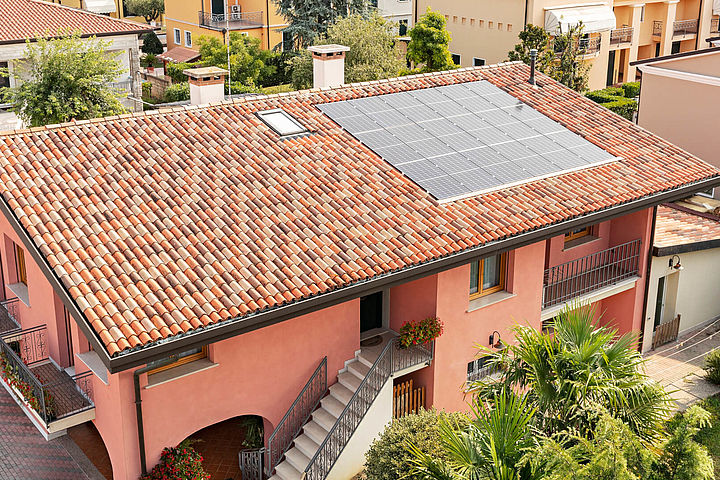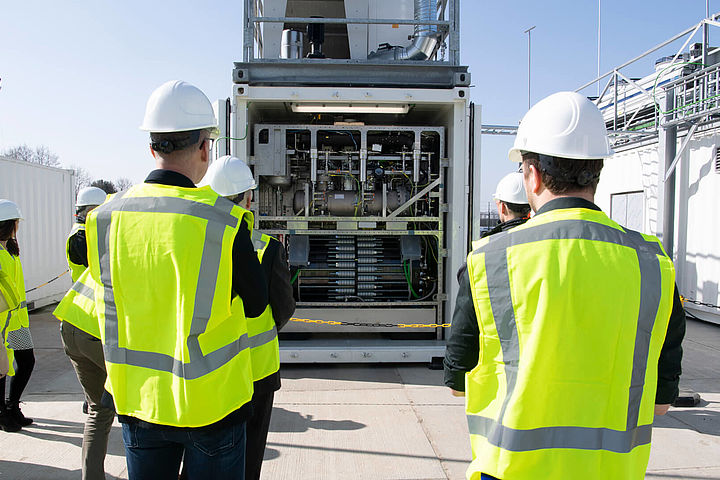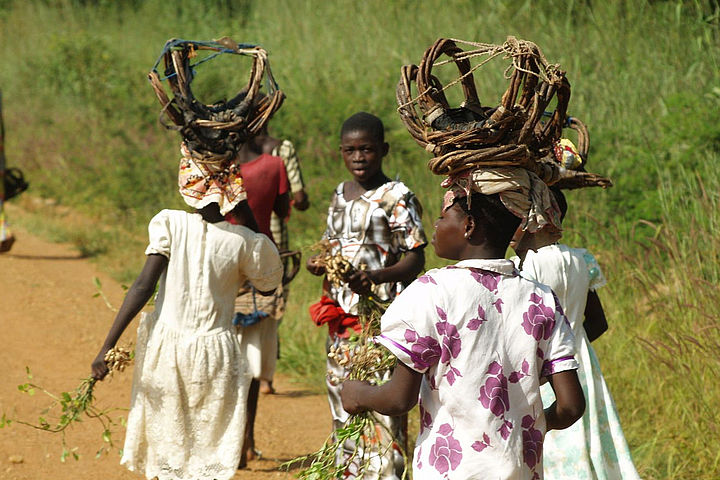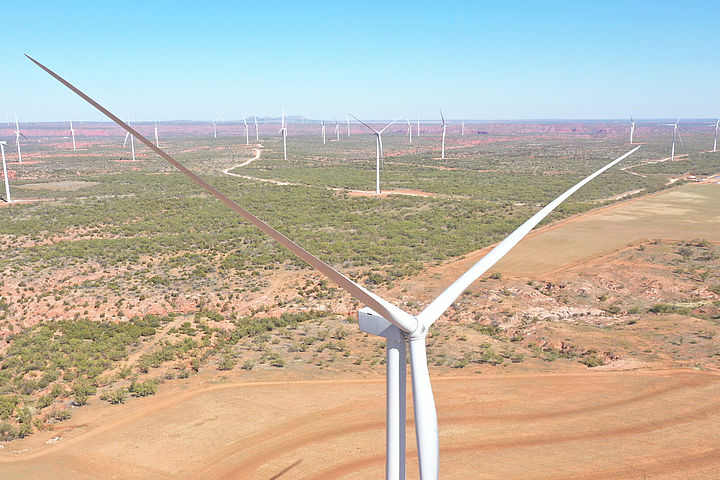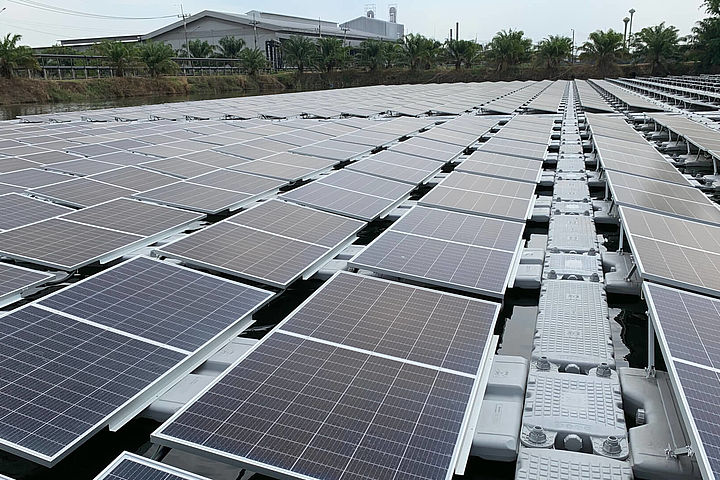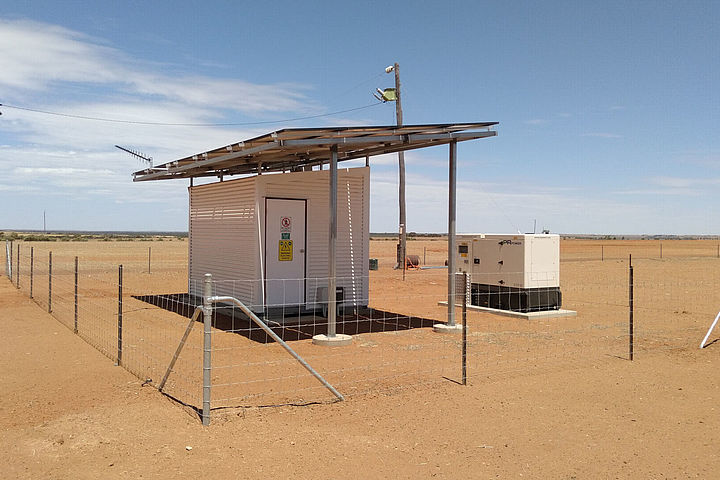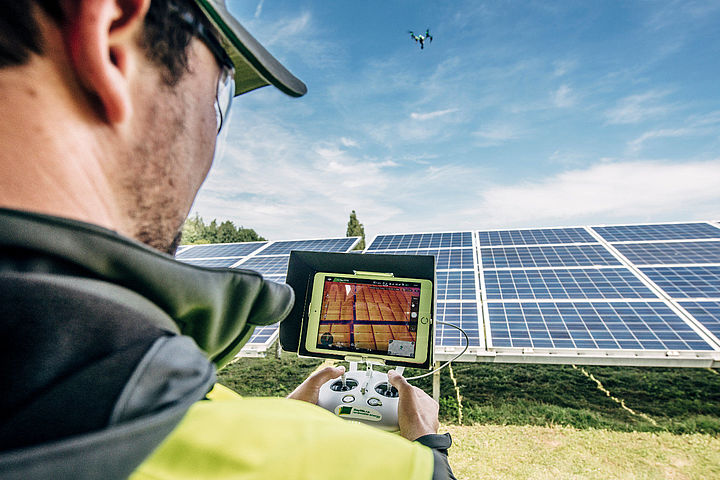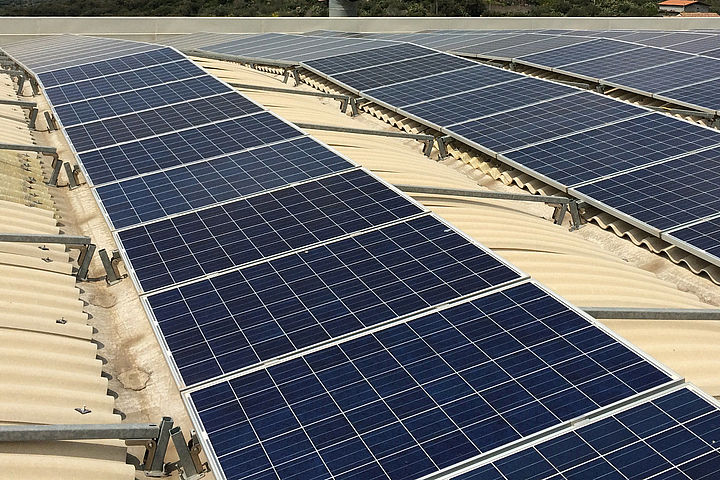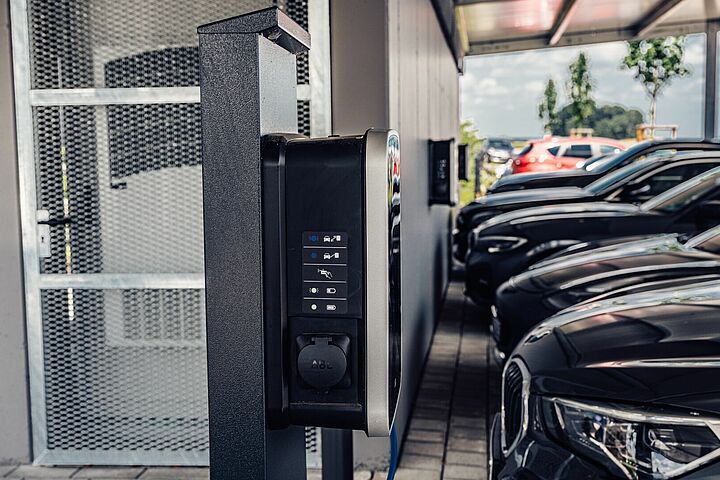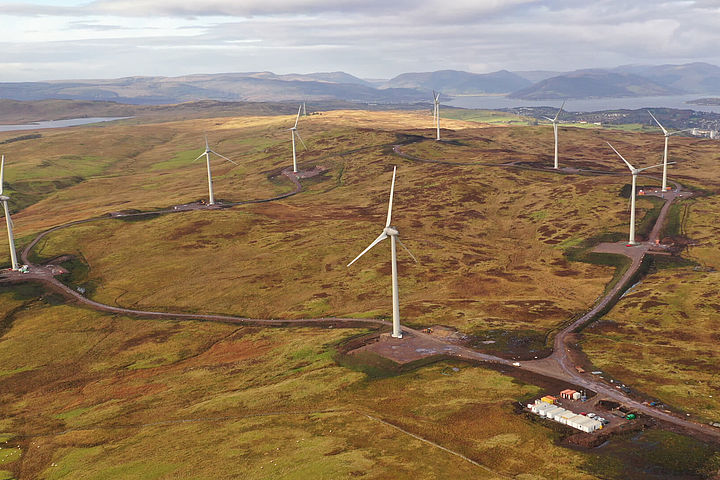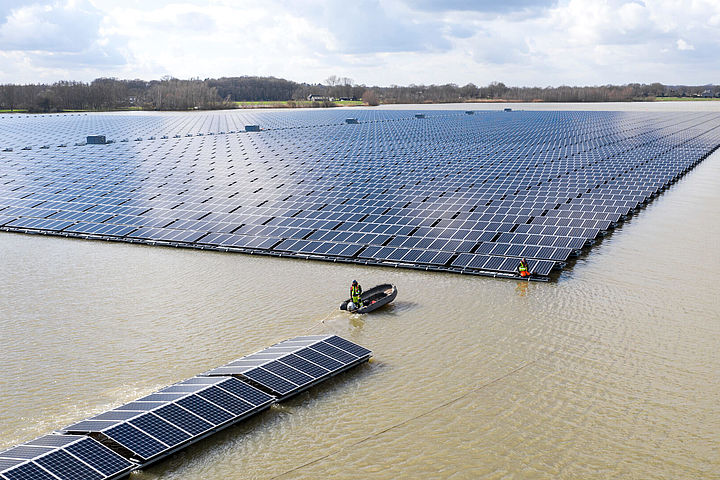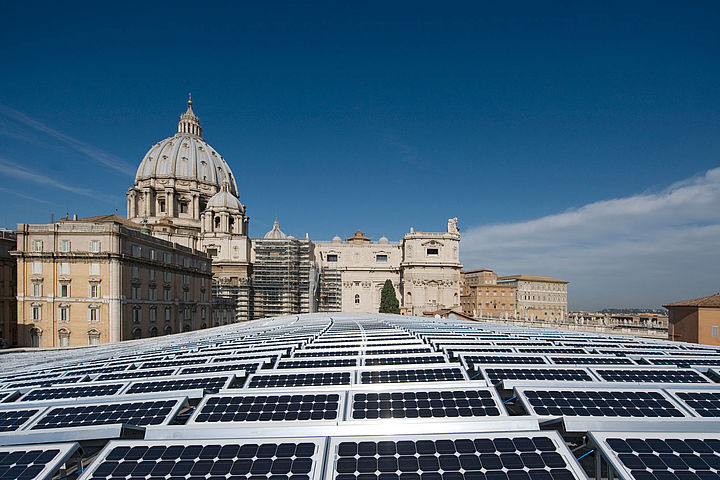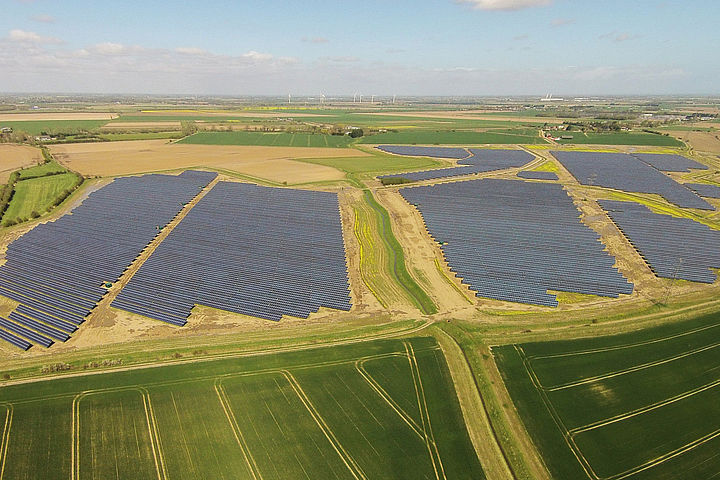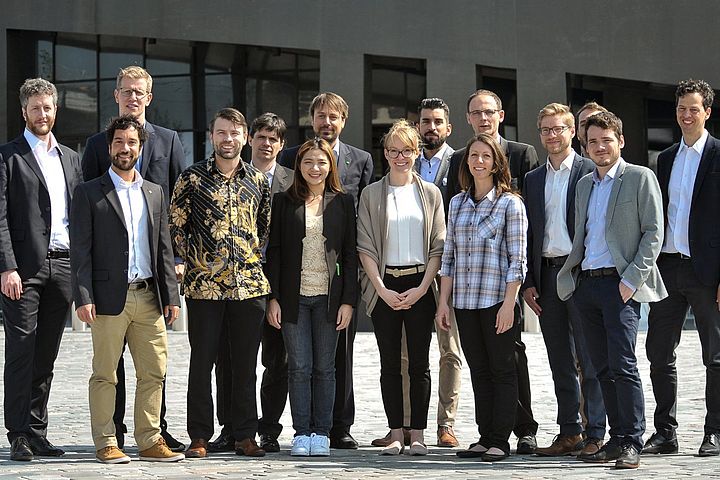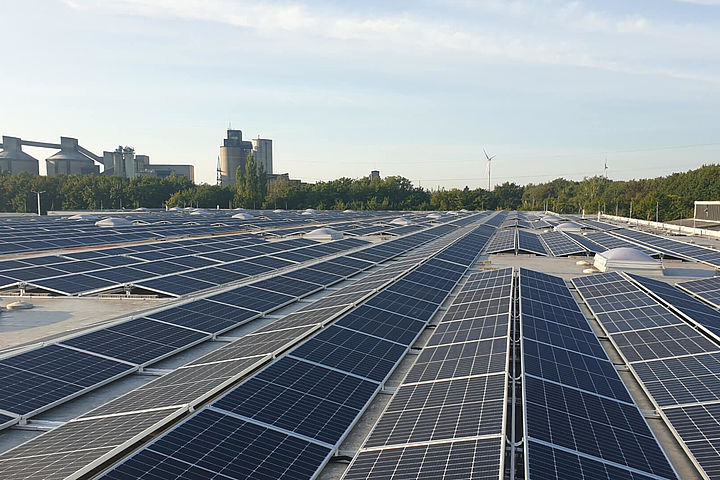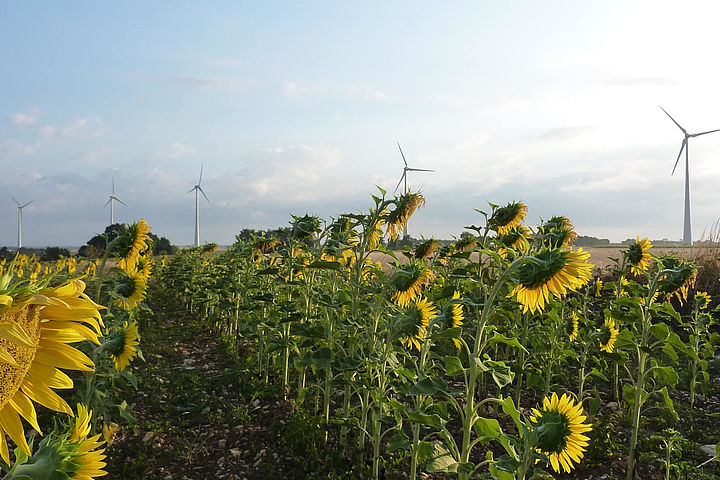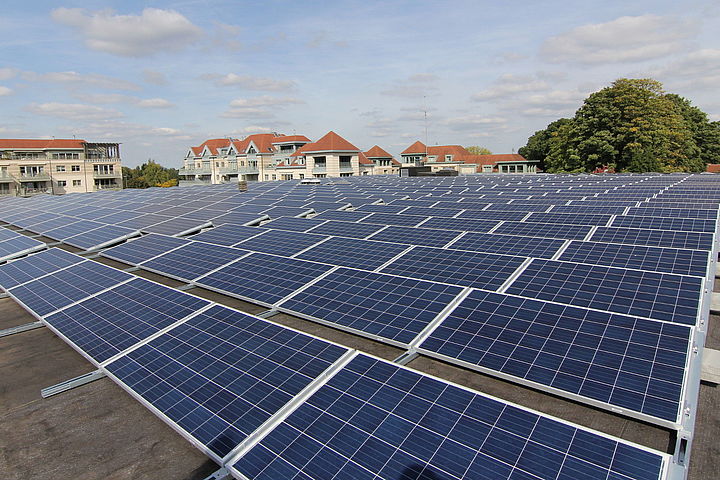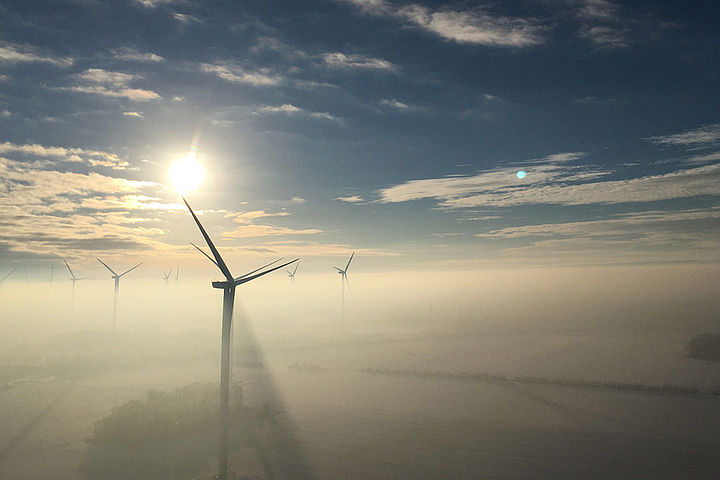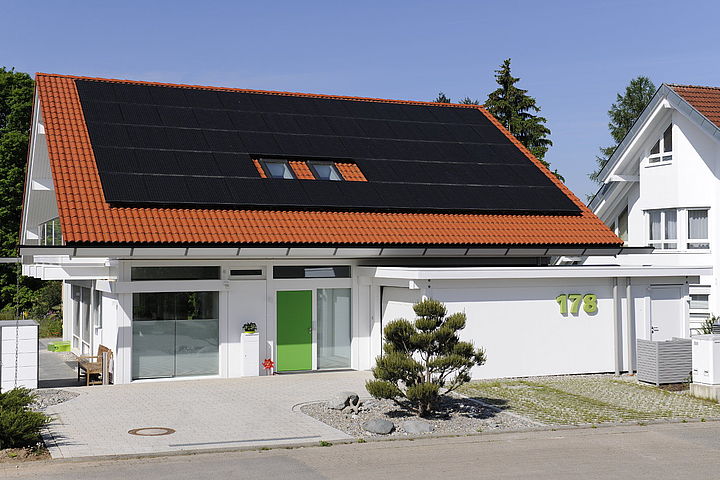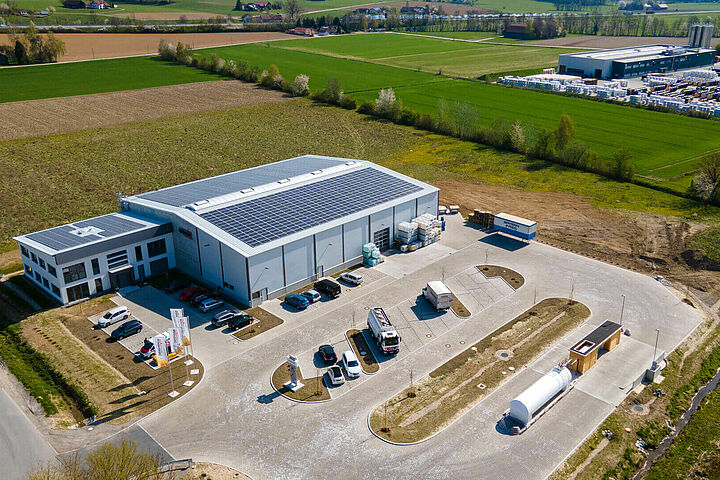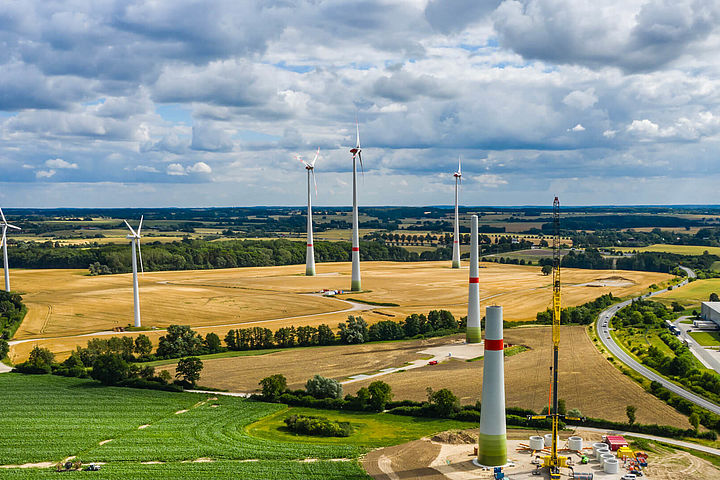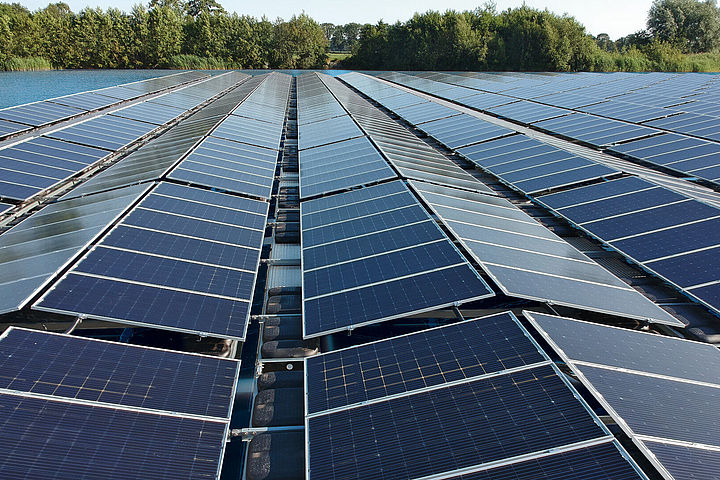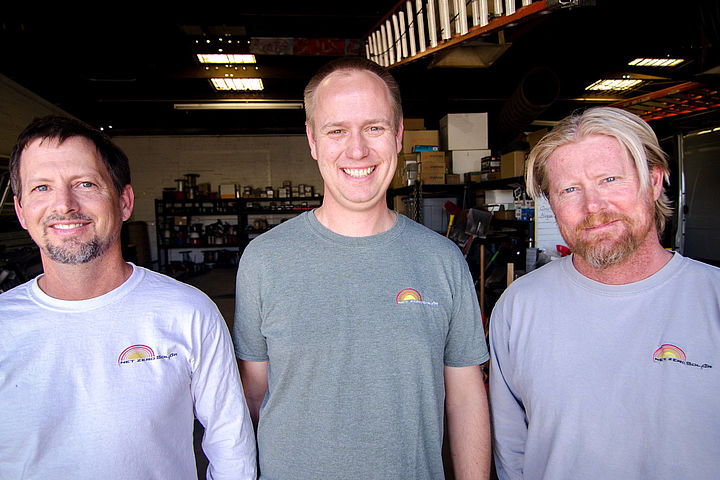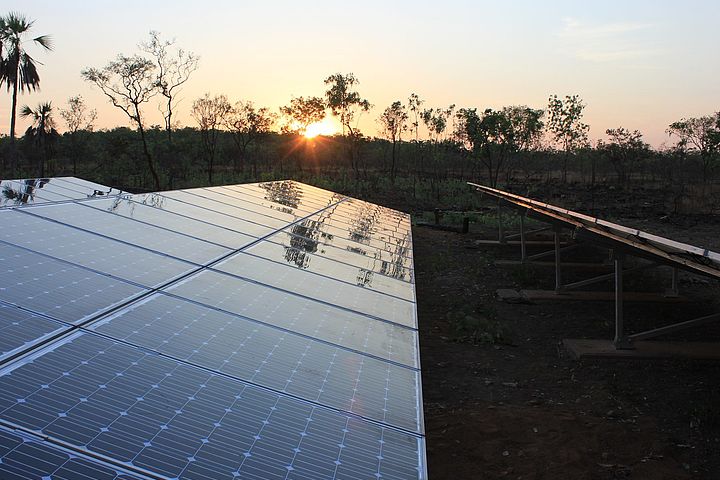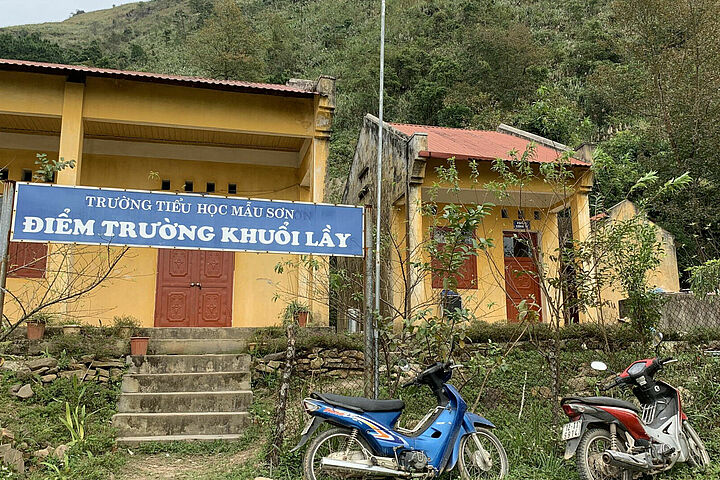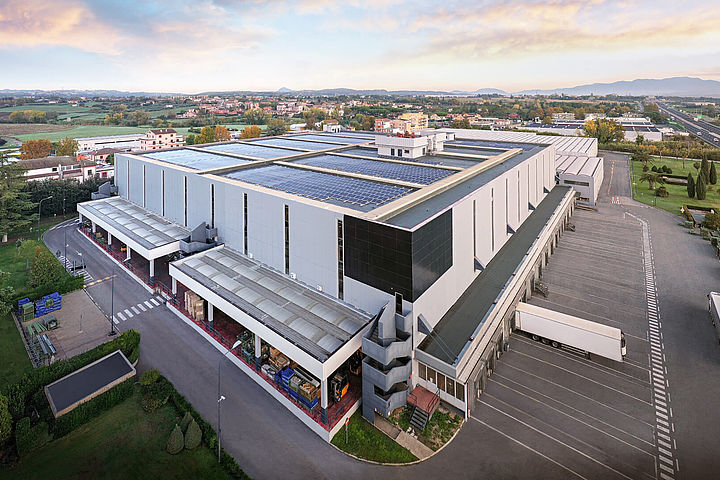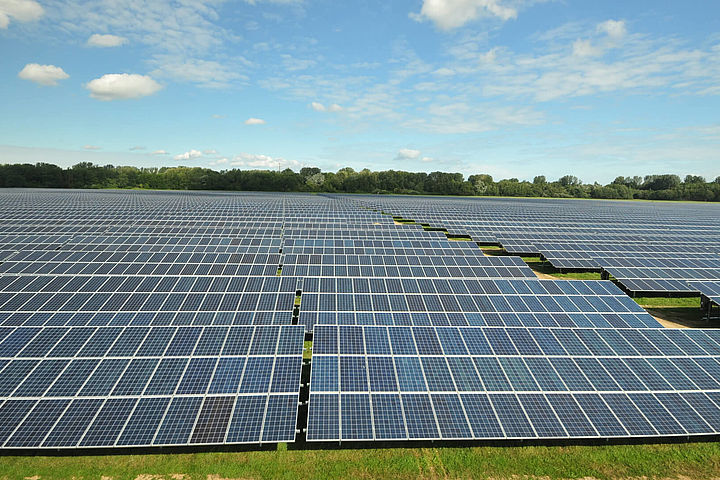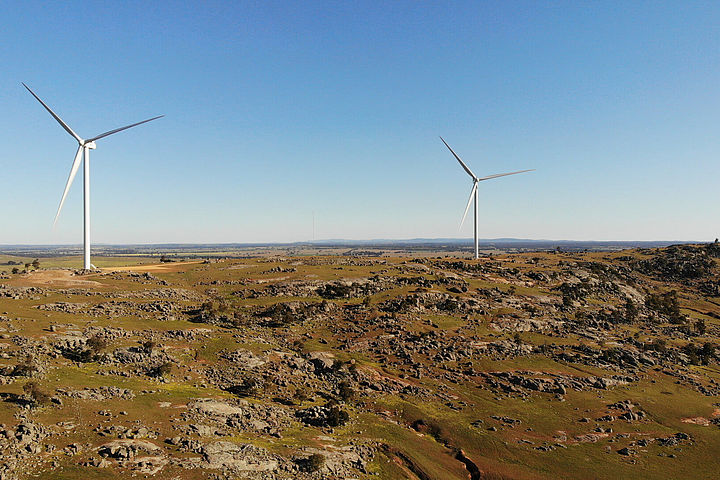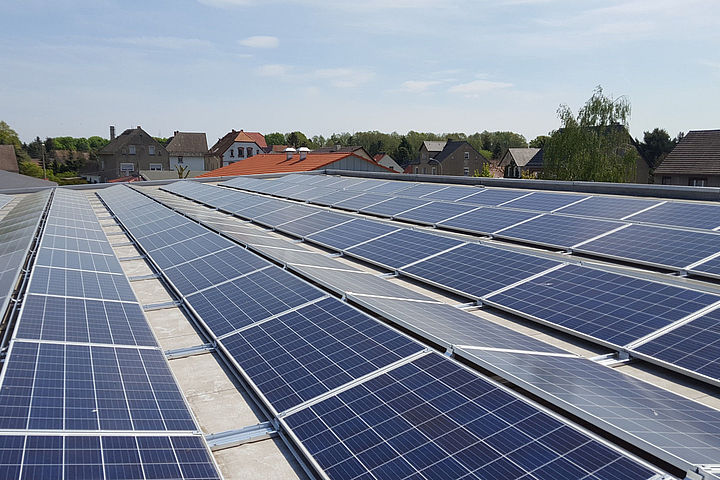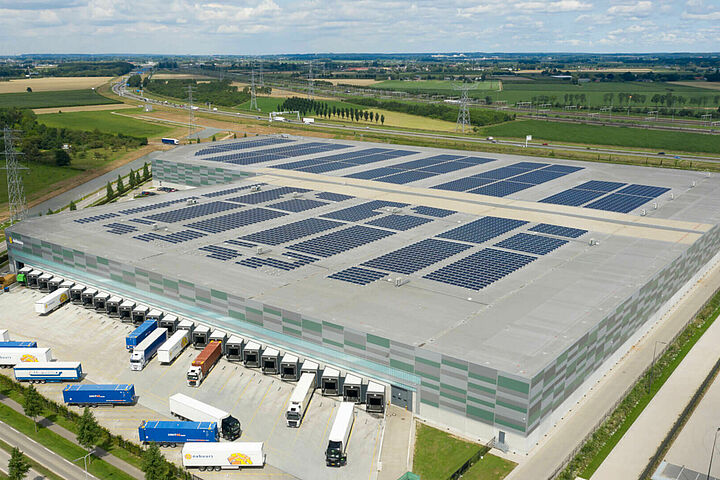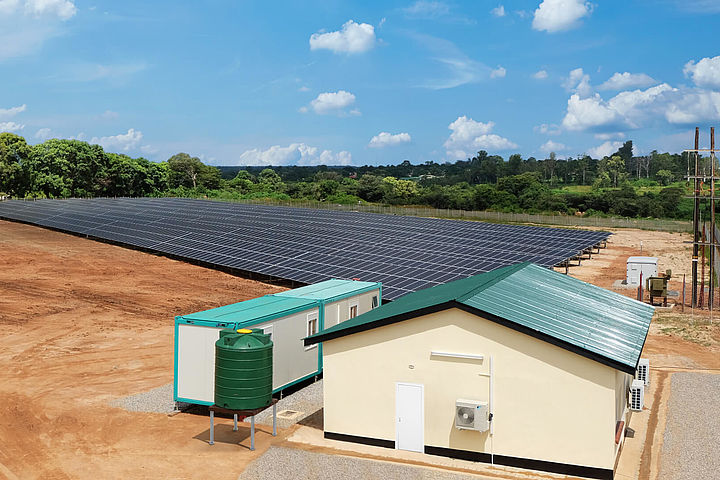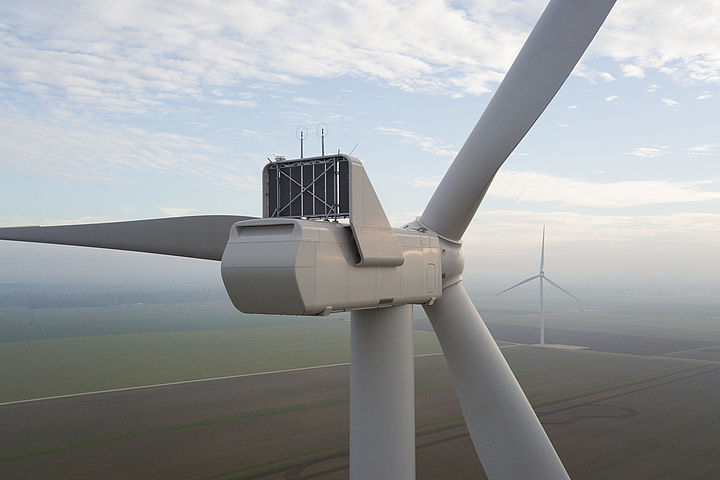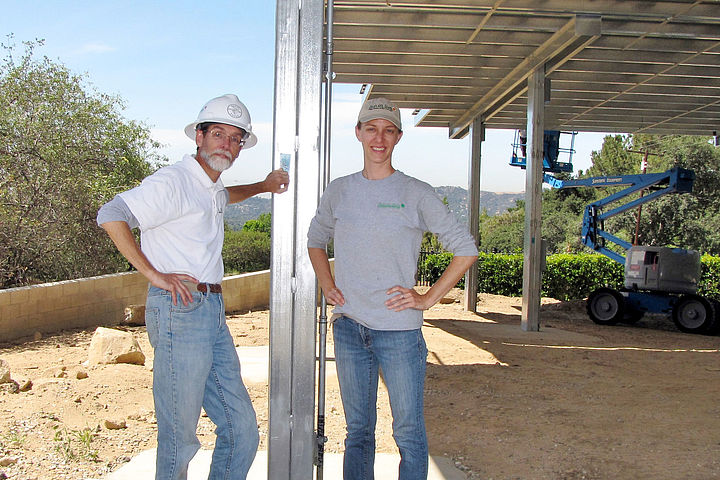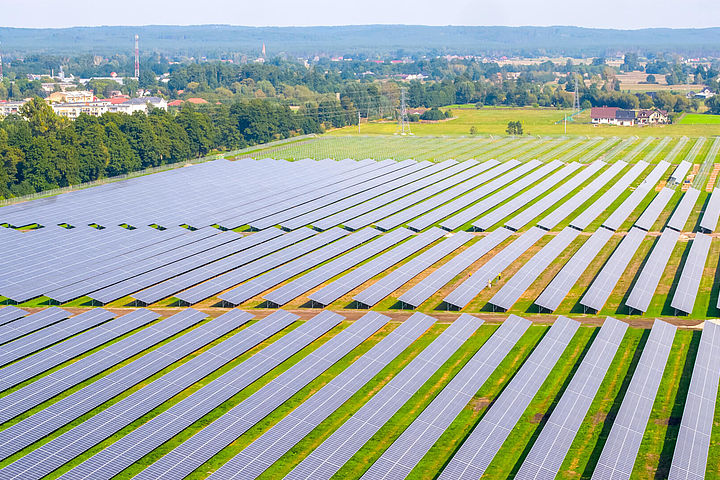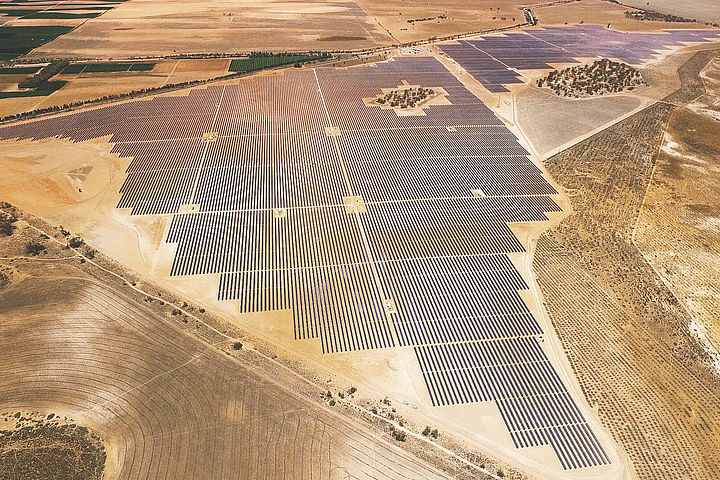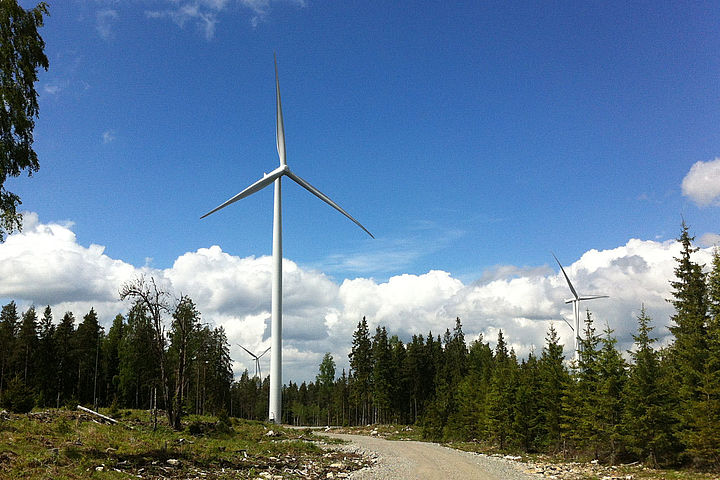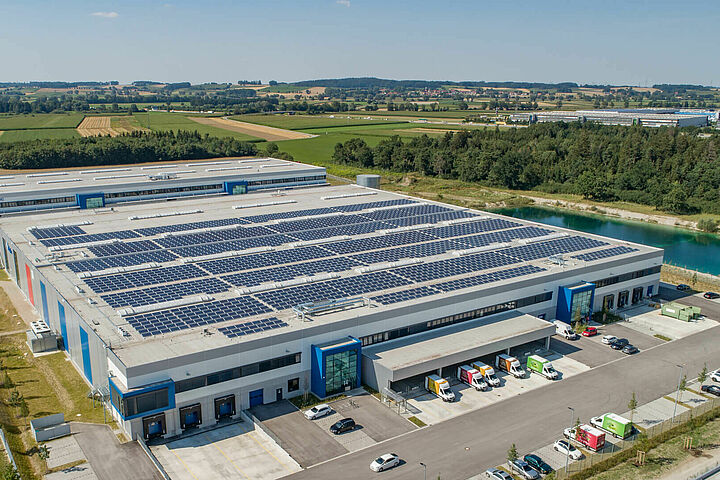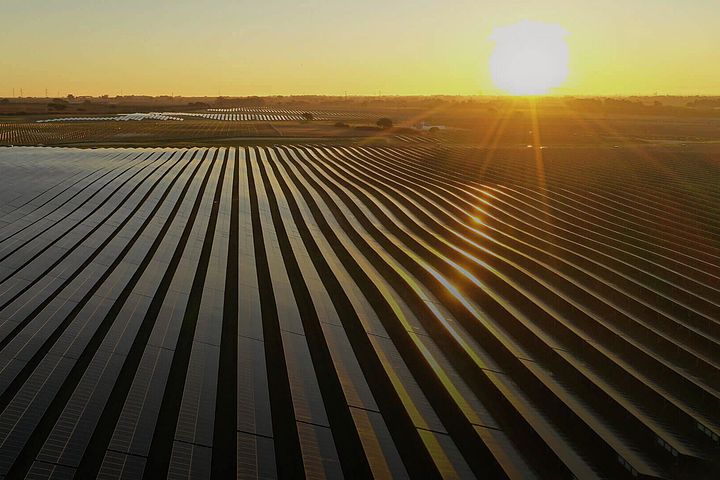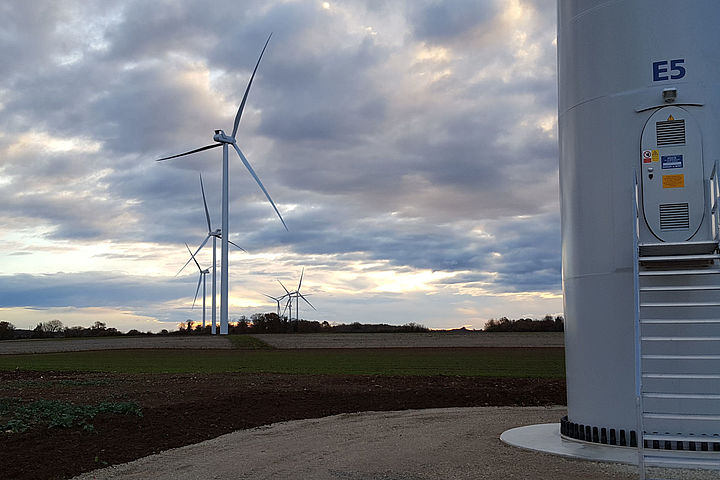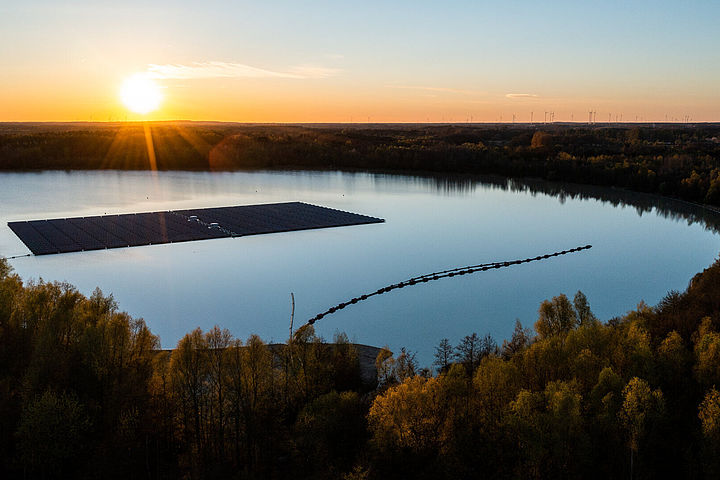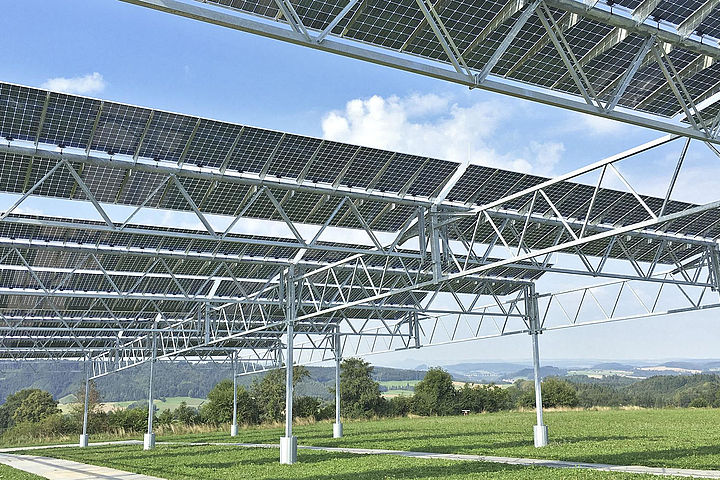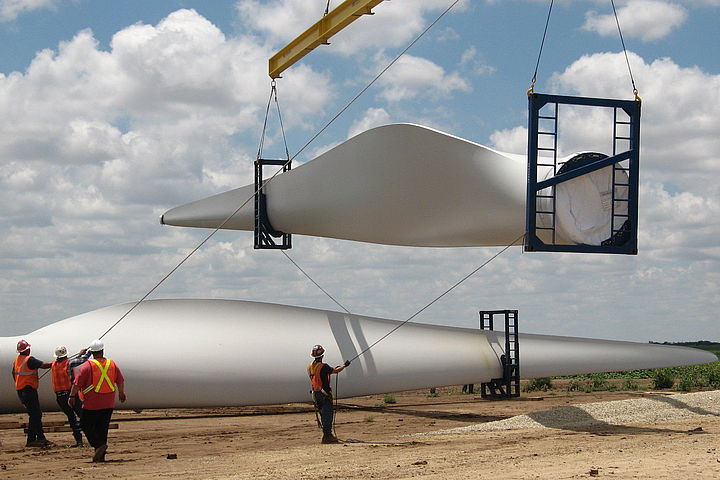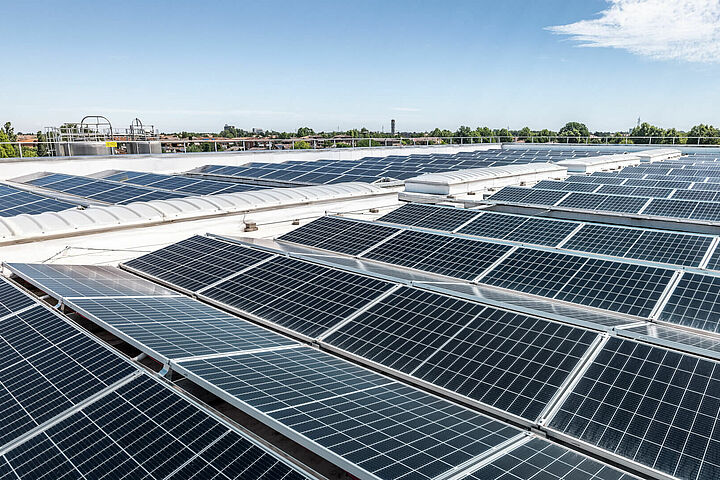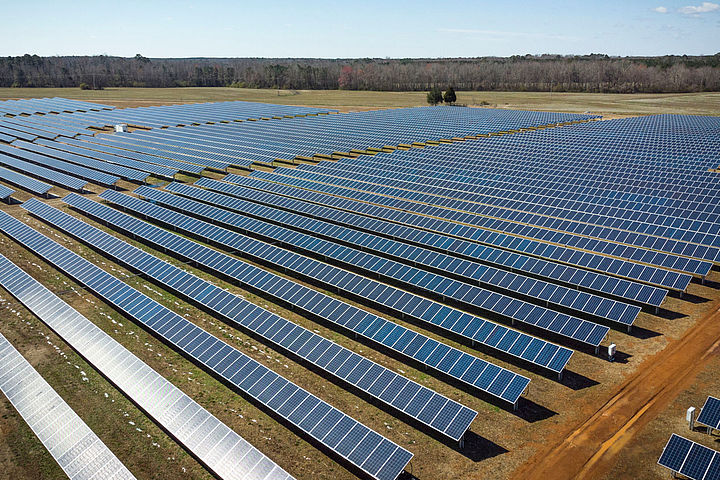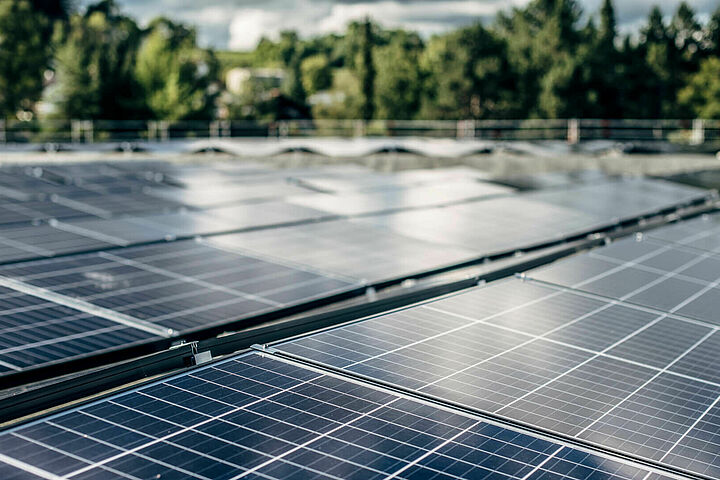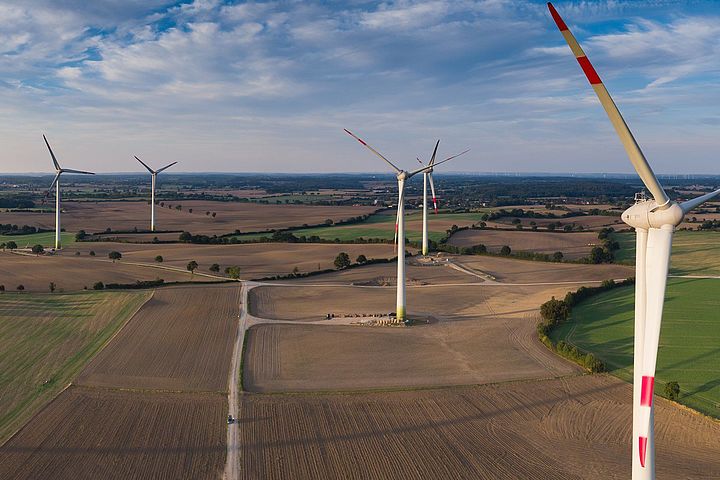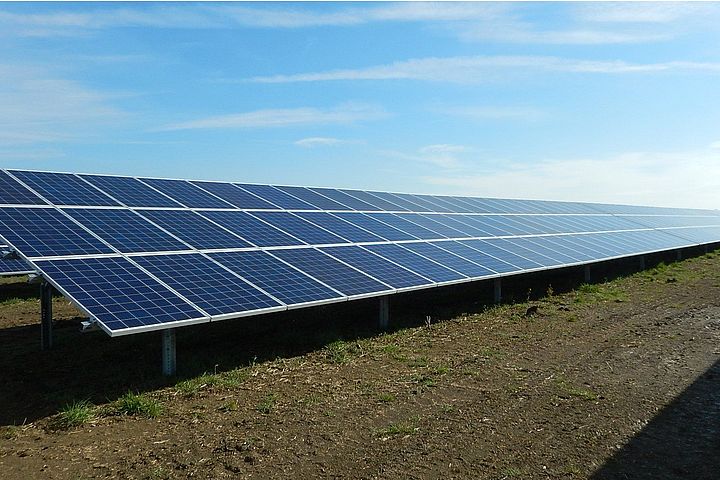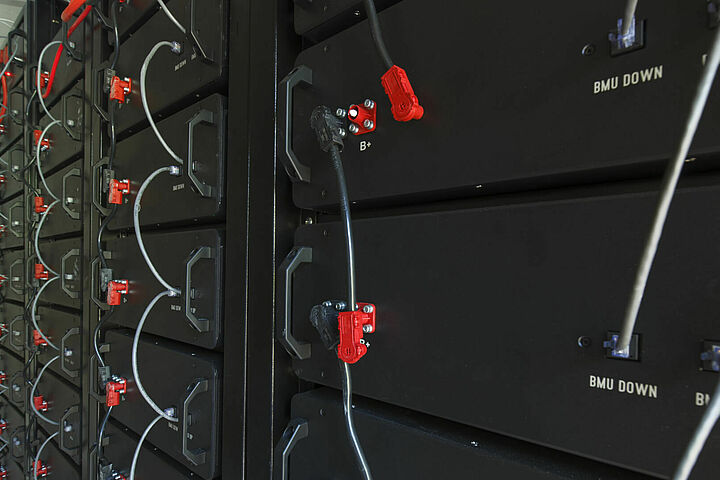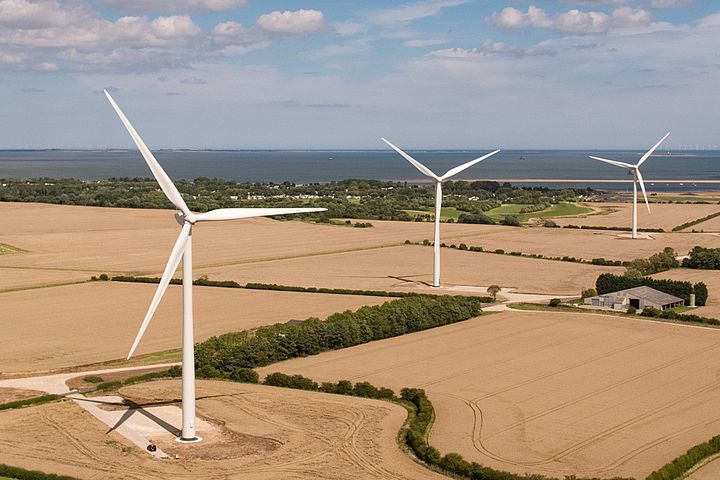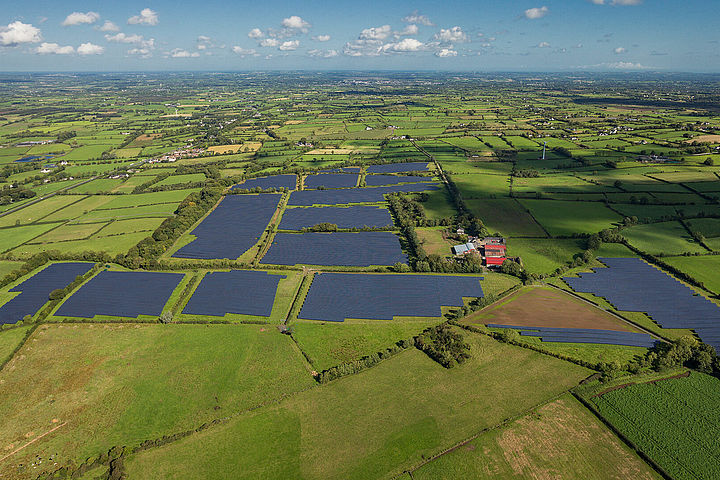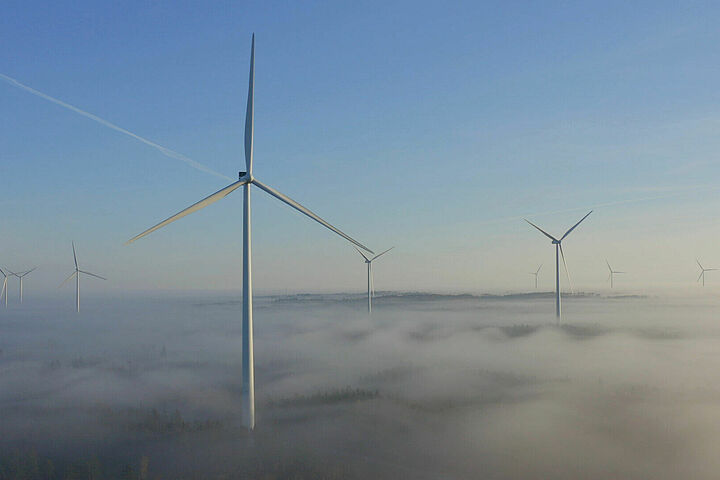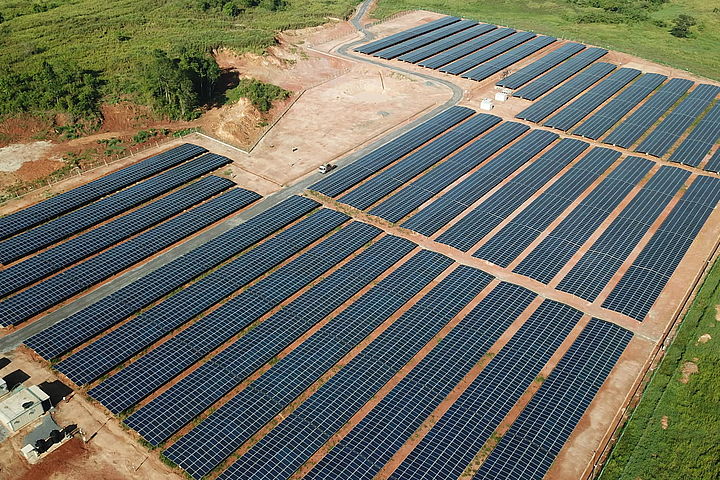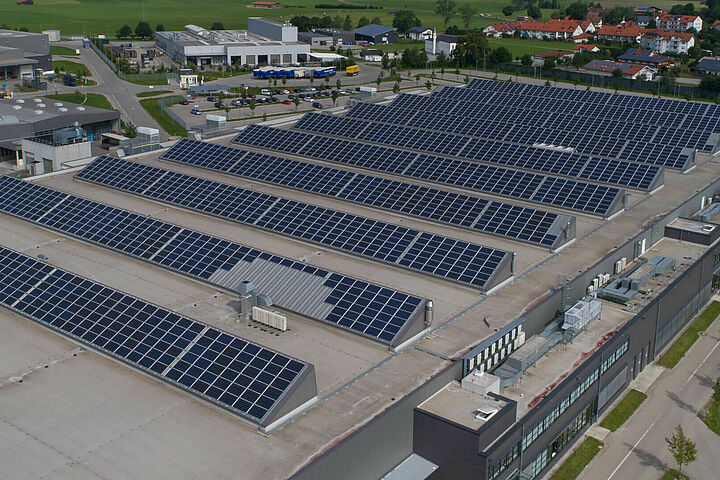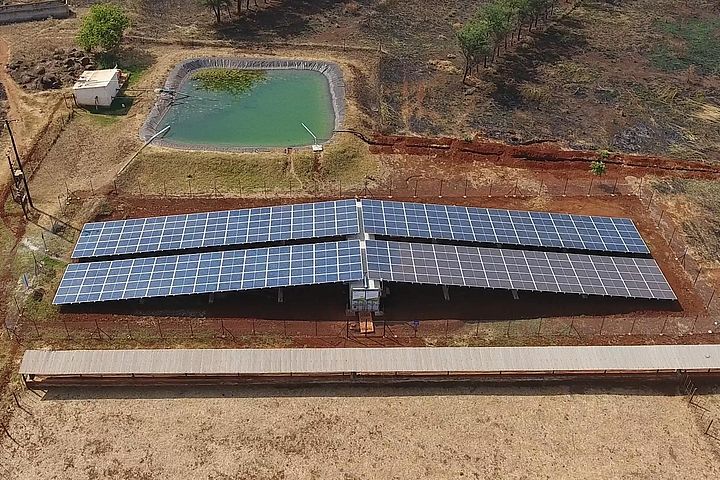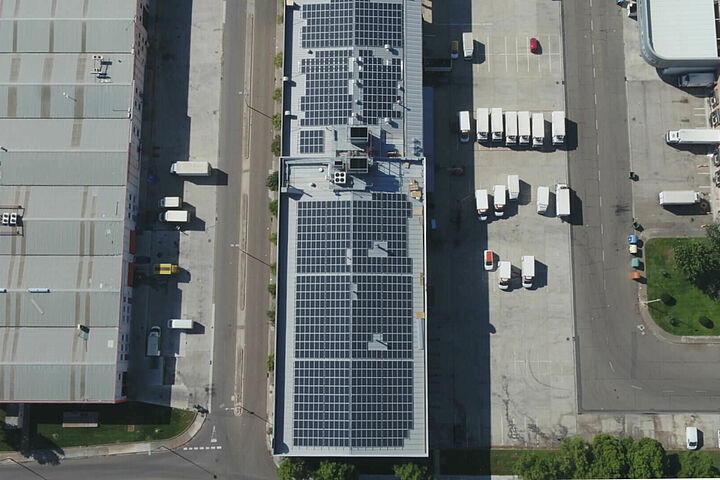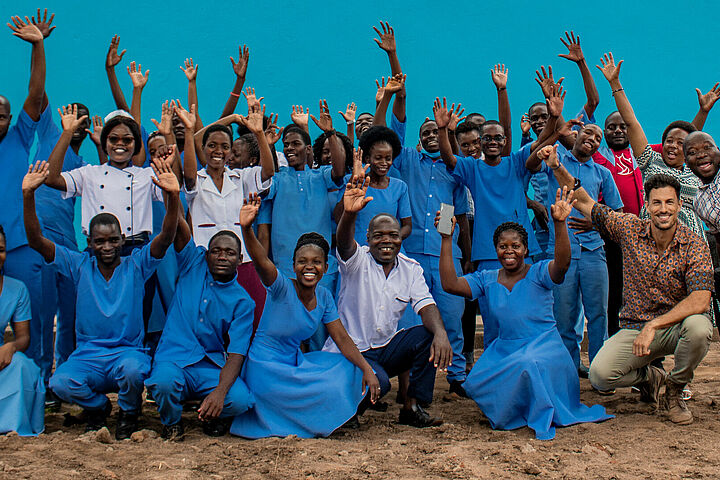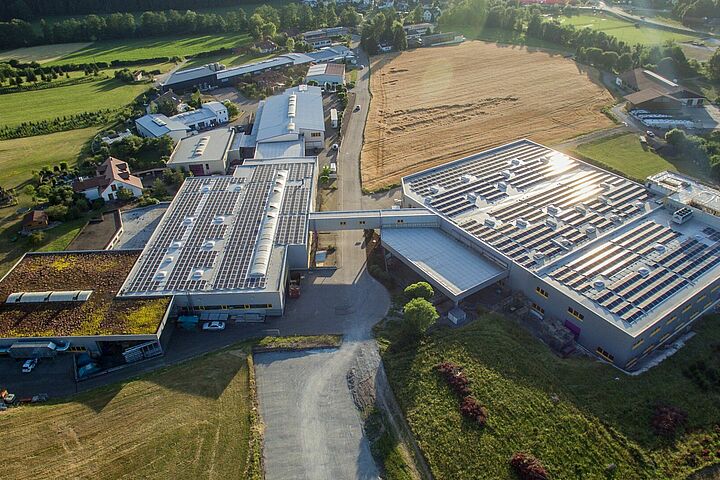Creating new futures for Australia’s remote communities
01—
Setting the scene
While many of us take reliable supplies of power for granted, for remote communities in off and weak grid areas, availability can be a real challenge.
In Australia, we’re proud to have been part of the A$40m Remote Indigenous Energy Program (RIEP). It formed part of the Government’s Clean Energy Future plan and its objective was to install renewable energy systems in 15 remote Aboriginal communities.
The scheme changed lives by helping communities to gain access to affordable and reliable 24-hour green power supplies. And directly contributed to an improvement in health, education and their long-term economic future.
02—
Meeting the Challenge
Like so many of the remote Indigenous communities across the Australian continent, no grid connection means they often rely exclusively on more expensive diesel-power generation to meet their power needs.
Not only does this leave communities exposed to price fluctuations, but it doesn’t deliver 24/7 electricity as few can afford, or are technically able, to run generators day and night.
In the four remote Aboriginal communities of Nyinyikay, Balma, Cockatoo Springs and Banthula, on Elcho Island, we installed solar systems with combined battery storage. These small communities were between 2,700 and 3,500 km away from our offices in Perth.
Because of the remote locations, each of the projects came with their own unique challenges. System components are large and heavy, terrain difficult, and access often restricted.
On Elcho Island, in the small village of Banthula, the only access was via barge. We organised a special commission to dock at high tide. Local community members with knowledge of the local waters helped to select the right location where the heavy barge loaded with 22 tonnes of batteries, frames and panels could dock.
Once installed, the 25 kW system supplied all the power for the 10 houses in the village and a small medical centre.
For these remote locations, servicing and maintenance of installations can be problematic. But often, most problems can be quickly fixed so we provided the local community with basic maintenance training and developed a video which covered easy to follow instructions.
03—
Getting the result
For the first time, these communities now have access to affordable and reliable 24-hour power. And the knowledge of how to maintain it.
Whereas high energy prices often drive Indigenous people off their traditional lands, lower-cost renewables are helping these communities to thrive. New schools are now being built, attracted by the infrastructure, and communities can keep food fresh for longer. Simple everyday things that are helping to improve their health.
Indigenous communities can now live in the environment they want while also having access to reliable green power that puts them in better control of a new, and sustainable, future.
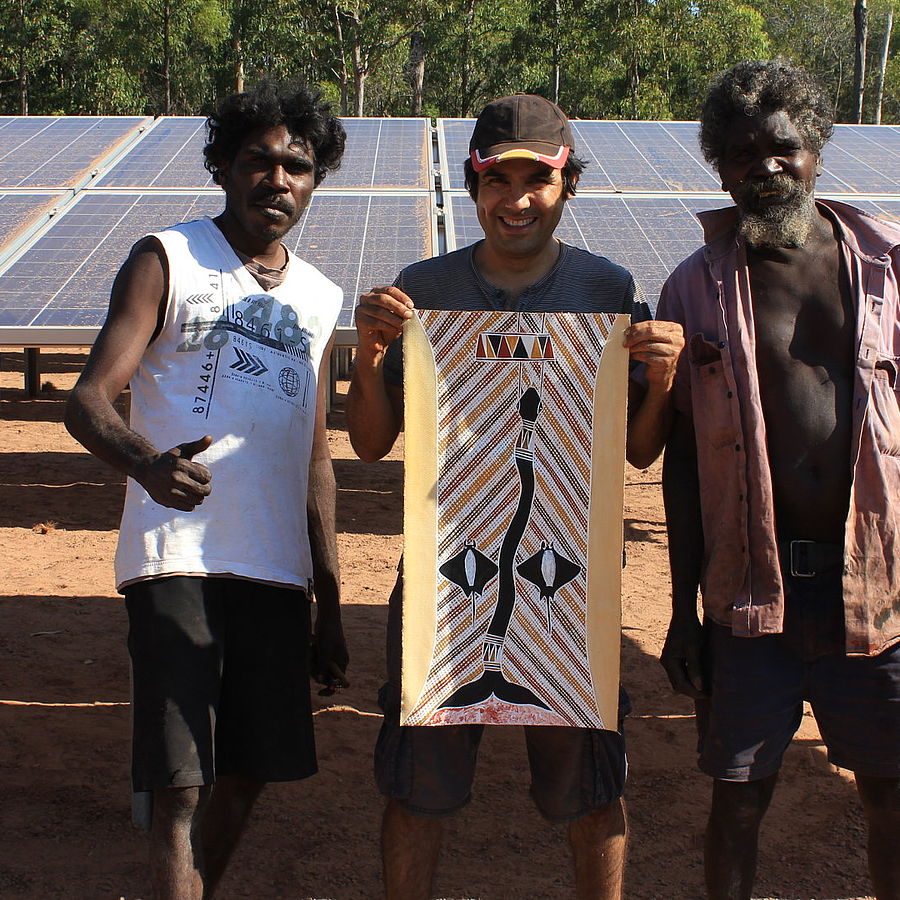
What these projects have demonstrated is the enormous advantages and immense potential for renewables to empower remote communities and help put them in control of their futures.

